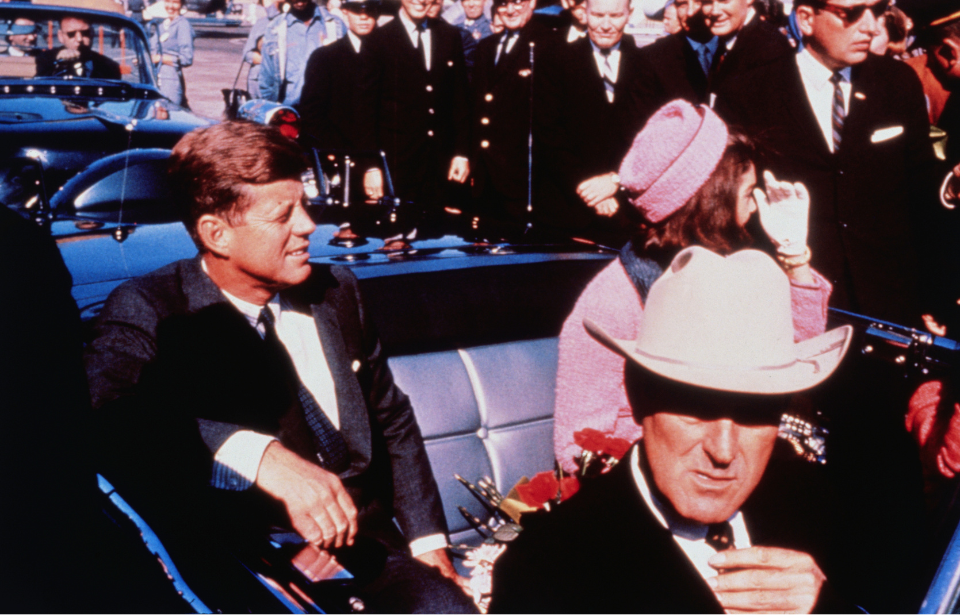Now 88 years old, former Secret Service agent Paul Landis is breaking his silence regarding what he witnessed on the day US President John F. Kennedy was assassinated in Dallas, Texas. Telling his version of events in the book, The Final Witness: A Kennedy Secret Service Agent Breaks His Silence After Sixty Years, Landis’ account could change the way the public has long understood the events of that infamous day.
While the official report states Lee Harvey Oswald was the only shooter that day, Landis’ account might suggest otherwise.
An eyewitness to John F. Kennedy’s assassination
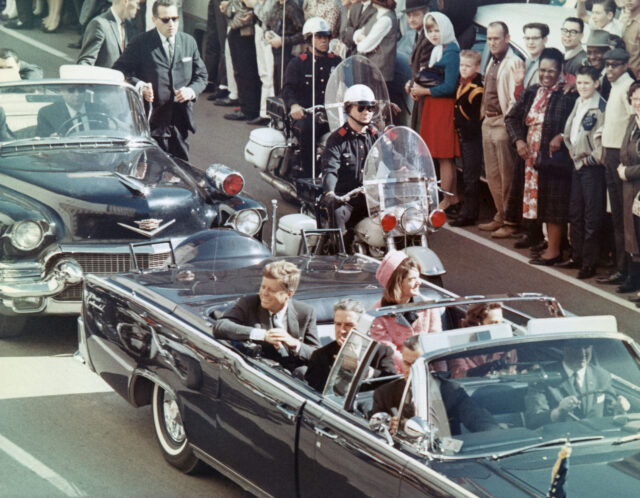
Paul Landis first joined the Secret Service in 1959, and, by ’63, had been assigned to protect First Lady Jackie Kennedy and her children. Accompanying the family to Dallas, Texas, Landis was one of the agents walking behind the presidential limousine on November 22, 1963.
After hearing the first shot, Landis spun around to locate where it had come from, but didn’t spot anything. When he turned back, he watched fellow agent Clint Hill run toward the limousine. Landis then witnessed JFK get shot in the head. He was so close that he had to duck down to avoid being splattered with the president’s brain tissue.
The limousine rushed both Kennedy and wounded Texas Gov. John Connally to Parkland Memorial Hospital, with several agents following. Once the two men were removed from the vehicle, Landis noticed two bullet fragments in a pool of blood, but left them alone.
However, there was another bullet, still intact, that he found in the seam of the leather cushioning that has to potential to change how we understand the infamous assassination.
Confusion around the bullet
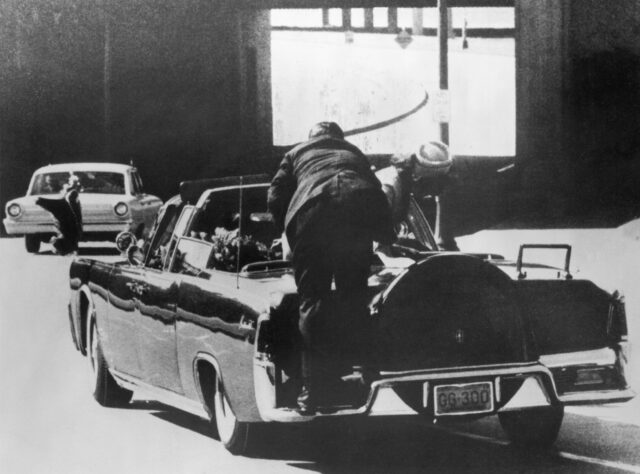
This bullet is the same one that’s the foundation of the single-bullet theory in the Warren Commission’s report. Doctors deduced that the round must have struck JFK from behind, exiting his throat before continuing toward John Connally. It entered the governor’s right shoulder, struck his rib and exited under his right nipple, before continuing through his right wrist and into his left thigh. The near-pristine condition the bullet was in has led many to regard it as a “magic” bullet.
The round was found on Connally’s stretcher and, as such, the Warren Commission stated it “eliminated President Kennedy’s stretcher as a source of the bullet,” as the president’s body was only moved from the stretcher upon it being placed in a coffin. However, Landis claims he was the one to find the bullet in the limousine, placing it in his pocket to prevent souvenir hunters from taking it.
Speaking with The New York Times, the former Secret Service agent says:
“There was nobody there to secure the scene, and that was a big, big bother to me. All the agents that were there were focused on the president. This was all going on so quickly. And I was just afraid that – it was a piece of evidence, that I realized right away. Very important. And I didn’t want it to disappear or get lost. So it was, ‘Paul, you’ve got to make a decision,’ and I grabbed it.”
Once Landis arrived at the hospital, he planned to hand over the round to a supervisor, but in the mass confusion placed it on Kennedy’s stretcher. In doing so, he’d hoped it would help the doctors determine exactly what had happened. He believes the bullet must’ve bounced from JFK’s stretcher onto Connally’s when they were pushed together, leading to the single-bullet theory.
Paul Landis’ account could debunk the single-bullet theory
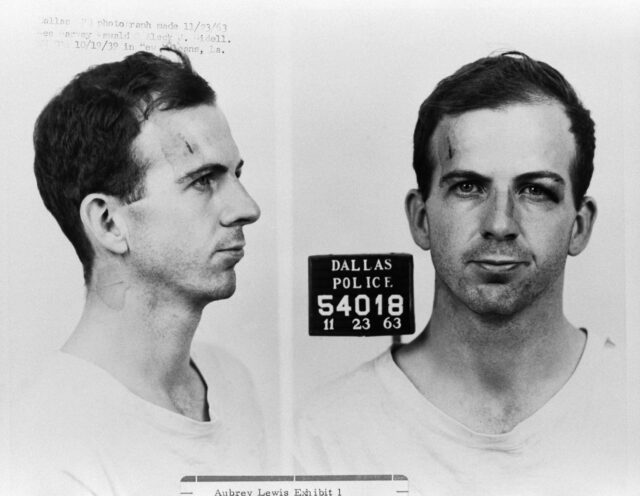
Paul Landis thinks the bullet he found must have struck JFK in the back and was unable to penetrate deeply, causing it to pop out and fall back in the seat. If this account is true, then the single-bullet theory may be debunked after all.
James Robenalt, a Cleveland lawyer and historical author who worked with Landis, tells The New York Times:
“If what he says is true, which I tend to believe, it is likely to reopen the question of a second shooter, if not even more. If the bullet we know as the magic or pristine bullet stopped in President Kennedy’s back, it means that the central thesis of the Warren Report, the single-bullet theory, is wrong.”
Film footage of the assassination shows JFK and John Connally physically reacting to the shooting, but their reactions are about a second apart. Investigators have estimated that it would’ve taken Lee Harvey Oswald 2.3 seconds to reload and fire a second time.
“The FBI recreation suggests that Oswald would not have had enough time to get off two separate shots so quickly as to hit Connally after wounding the president in the back,” Robenault explains in an article in Vanity Fair. As such, it’s believed that, had there been a second shooter, their shot hit likely Connally from “above and to the rear.”
Why is Paul Landis speaking out now?
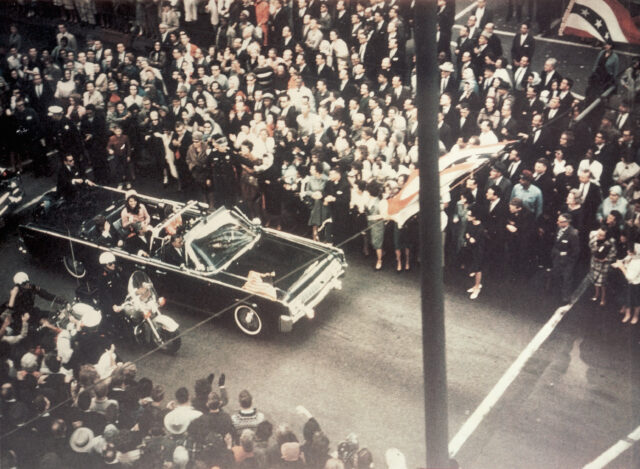
Being an eyewitness to the assassination, Paul Landis has been haunted by what he saw that fateful day. “The president’s head exploding – I could not shake that vision,” he tells The New York Times. “Whatever I was doing, that’s all I was thinking about.”
After about six more months of trying to work, Landis called it quits and left the Secret Service. The Warren Commission never reached out to him, which was a surprise. He says he thought the agency was simply protecting their own, and after everything that had happened, he didn’t want to talk about it.
However, after reading Six Seconds in Dallas: A Micro-study of the Kennedy Assassination in 2014, he realized his memories of the event didn’t align with the account presented by the Warren Commission.
Speaking about the many theories surrounding JFK’s death, Landis says, “I just paid no attention to that. I just removed myself. I just felt I had been there. I had seen it, and I knew what I saw and what I did. And that’s all.”
However, this brought up mixed feelings. “I didn’t want to talk about it,” he explains. “I was afraid. I started to think, did I do something wrong? There was a fear that I might have done something wrong and I shouldn’t talk about it.” Even Clint Hill discouraged him from coming forward, suggesting how there could be “many ramifications.”
More from us: Parenting Her Children Saved Jackie Kennedy From Misery After JFK’s Death
However, while it may have taken a few years, Landis still feels his account needs to be shared. “There’s no goal at this point,” he explains. “I just think it had been long enough that I needed to tell my story.”
